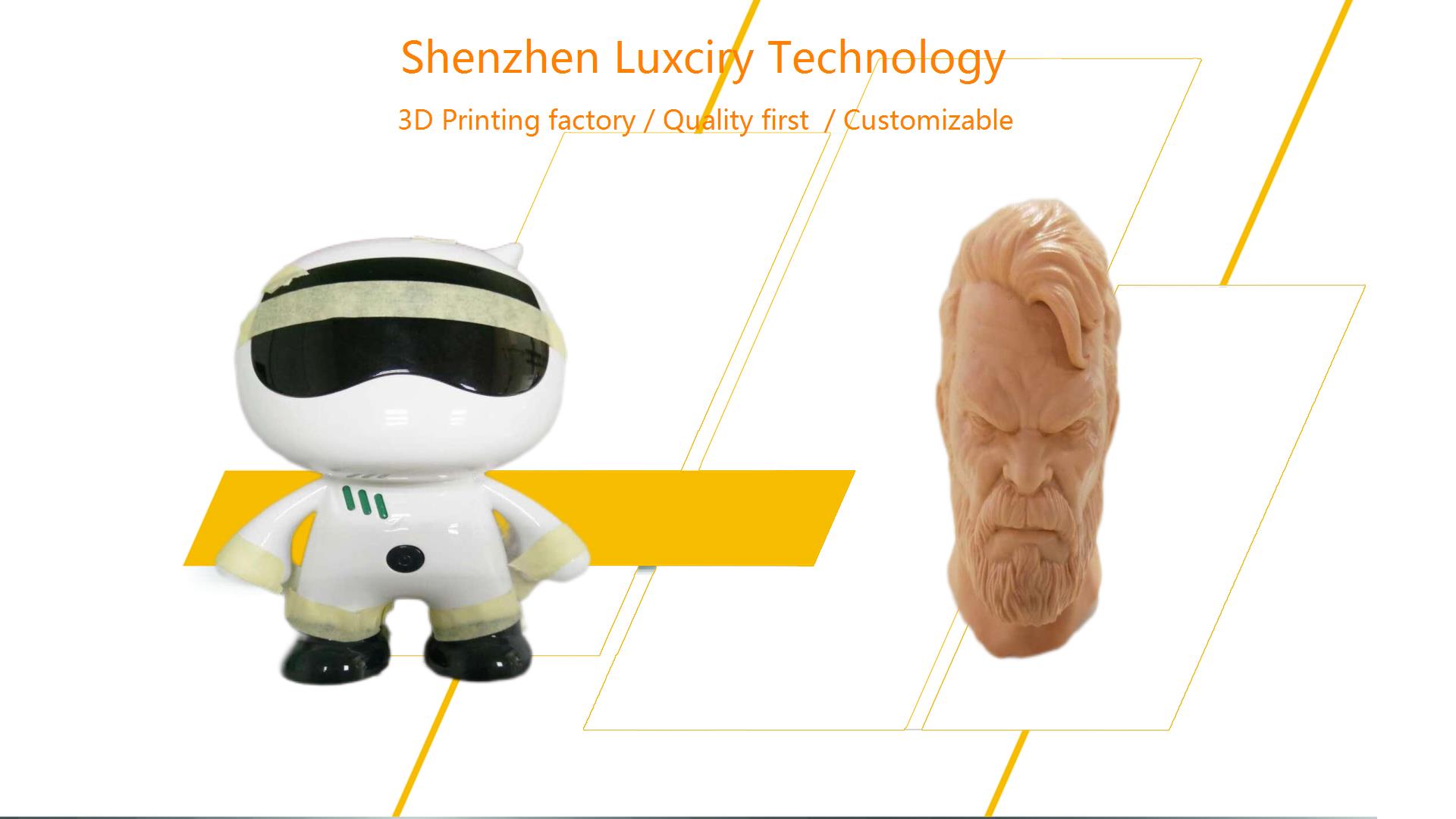What Factors Influence the Cost of Vacuum Casting Projects?
The cost of vacuum casting projects is influenced by several factors, including material selection, mold preparation, production volume, and post-processing requirements. Vacuum casting is a popular manufacturing method used for producing high-quality prototypes and small batches of parts with excellent surface finish and accuracy. Luxciry, a leading 3D printing manufacturer, specializes in offering cost-effective vacuum casting solutions tailored to meet diverse project needs. By understanding the key factors that impact costs, businesses can optimize their vacuum casting processes and achieve high-quality results while staying within budget. Below, we explore some cost-effective strategies that can be implemented to maximize value in vacuum casting projects.
How Can You Reduce Costs and Improve Efficiency in Vacuum Casting?
Optimize Material Selection and Mold Preparation
Choosing the right materials and optimizing mold preparation are critical steps in reducing costs for vacuum casting projects. Luxciry offers a variety of materials that replicate the properties of production-grade plastics and rubbers, allowing for accurate prototypes without the high costs associated with specialized materials. By selecting materials that closely match the final product’s specifications, companies can minimize waste and avoid unnecessary expenses. Additionally, efficient mold preparation, including the use of reusable silicone molds, can significantly reduce costs in low-volume production runs, as it eliminates the need for multiple mold setups.

Increase Production Efficiency with Batch Manufacturing
Batch manufacturing is an effective strategy for reducing per-unit costs in vacuum casting projects. Producing multiple parts in a single mold or running multiple molds simultaneously can help distribute the setup costs over a larger number of units, lowering the overall production cost. Luxciry’s advanced vacuum casting systems enable the production of consistent, high-quality parts in batches, ensuring that businesses can take advantage of economies of scale without compromising on quality. This approach is particularly beneficial for small and medium-sized production runs, where the setup costs can have a significant impact on the total project budget.
Benefits of Implementing Cost-Effective Strategies in Vacuum Casting Projects
Reduced Lead Times and Faster Prototyping
By optimizing material selection, mold preparation, and production processes, businesses can reduce lead times and accelerate the prototyping phase. Luxciry’s expertise in vacuum casting enables faster turnaround times, allowing companies to bring products to market more quickly and respond to customer demands more efficiently.
Minimized Material Waste and Resource Utilization
Cost-effective strategies such as batch manufacturing and efficient mold utilization help minimize material waste and optimize resource utilization. This not only reduces production costs but also contributes to more sustainable manufacturing practices, making vacuum casting an environmentally friendly option for prototyping and low-volume production.
Final Thoughts on Cost-Effective Strategies for Vacuum Casting Projects
In conclusion, implementing cost-effective strategies in vacuum casting projects can help businesses achieve high-quality results while minimizing expenses. By focusing on optimizing material selection, mold preparation, and production efficiency, companies can reduce costs, improve lead times, and enhance overall project outcomes. Luxciry, as a trusted 3D printing and vacuum casting manufacturer, offers tailored solutions designed to meet the unique needs of each project, ensuring maximum value and quality. Contact Luxciry today to learn more about our cost-effective vacuum casting services and discover how we can support your next manufacturing project.

